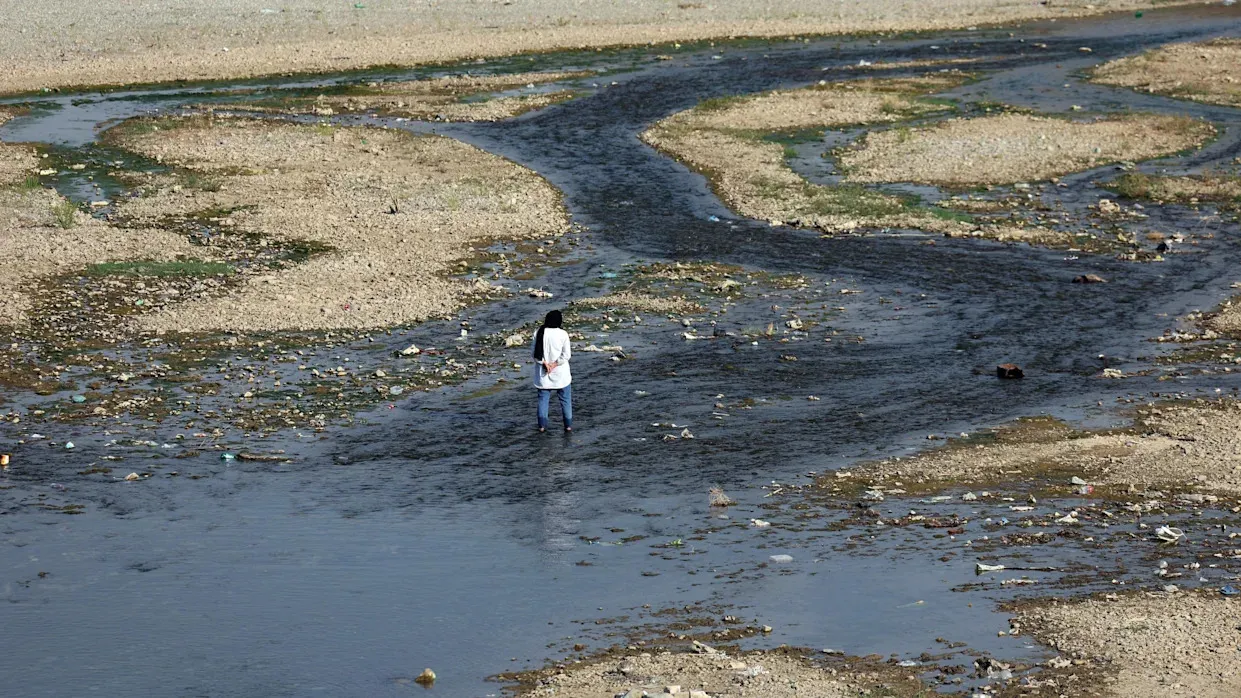News & Updates
Iran faces severe drought as Tehran’s water crisis reaches breaking point

Iran is confronting one of the worst droughts in its modern history, with its capital city, Tehran, at the center of an escalating water crisis. Reservoirs are drying up, rainfall has fallen to record lows, and government officials are warning that drastic measures, including rationing or even large-scale evacuations, may become unavoidable if the situation does not improve soon.
President Masoud Pezeshkian described the drought as a “national emergency” during a recent address, urging citizens to conserve every drop of water. “If rationing does not work,” he warned, “we may have to evacuate Tehran.” His statement has sparked public concern and heated debate in local media. Former Tehran mayor Gholamhossein Karbaschi dismissed the idea of evacuation as “a joke,” arguing that what is needed instead is better water management and long-term investment in infrastructure.
Iran’s Meteorological Organization has confirmed that no significant rainfall is expected in the coming days, further deepening the crisis. The autumn season, which usually brings moderate rains to replenish reservoirs, has been unusually dry. Many experts attribute the drought to a combination of climate change, inefficient irrigation practices, and over-extraction of groundwater.
For ordinary Iranians, the crisis has already begun to reshape daily life. Residents across Tehran report long water cuts, empty taps, and growing frustration. “I am planning to buy water tankers just to fill toilets and wash dishes,” one woman told BBC Persian. In another viral video earlier this year, rapper Vafa Ahmadpoor filmed himself standing in front of a dry kitchen tap. “It’s been hours without water,” he said. “I had to buy bottled water just to flush the toilet.”
Officials managing the city’s main dams paint a grim picture. The Latian Dam, one of Tehran’s largest sources of drinking water, is now operating at less than 10 percent of capacity. The nearby Karaj Dam, which supplies both Tehran and neighboring Alborz province, is in an equally dire state. Mohammad-Ali Moallem, the dam’s manager, said rainfall in the area has dropped by more than 90 percent compared to last year. “We have only eight percent of usable water left, and most of it is what we call dead water water trapped below the level that can be pumped out,” he explained.
Experts warn that without immediate rainfall and serious conservation efforts, Tehran could face severe water shortages in the coming weeks. The government has launched a campaign urging citizens to limit washing, shorten showers, and reuse household water whenever possible.
For now, Tehran’s fate rests on unpredictable skies. As climate pressures mount, the city that once symbolized Iran’s growth and modernity finds itself struggling for one of the most basic elements of survival water.








